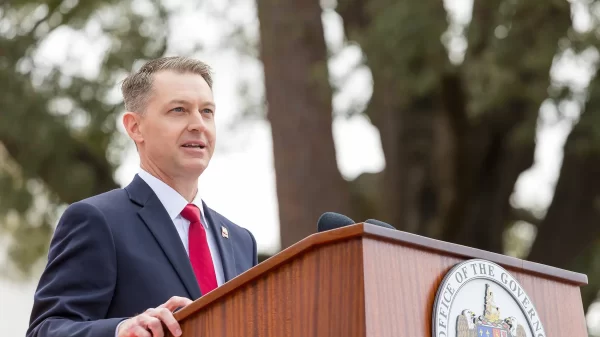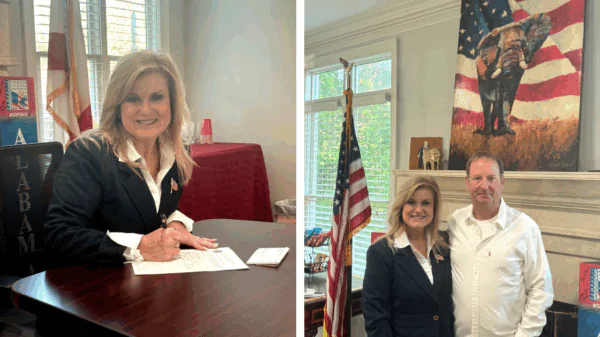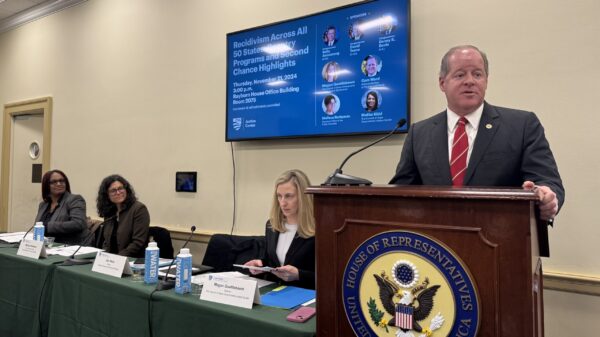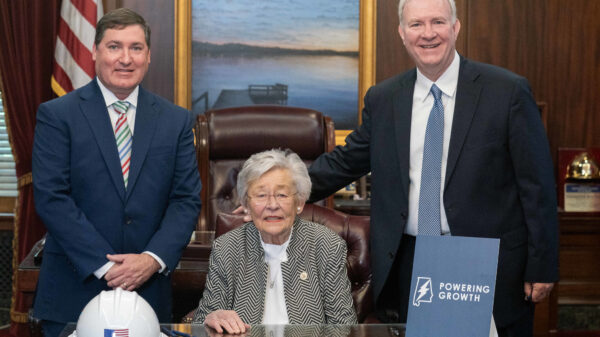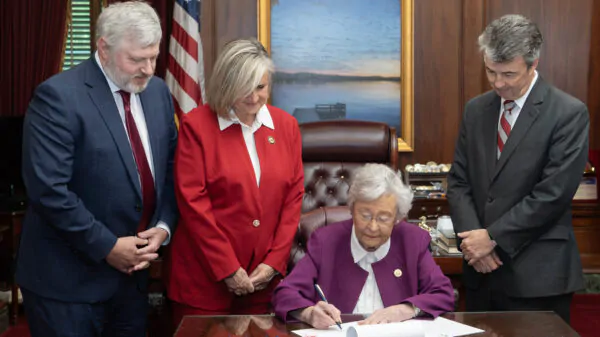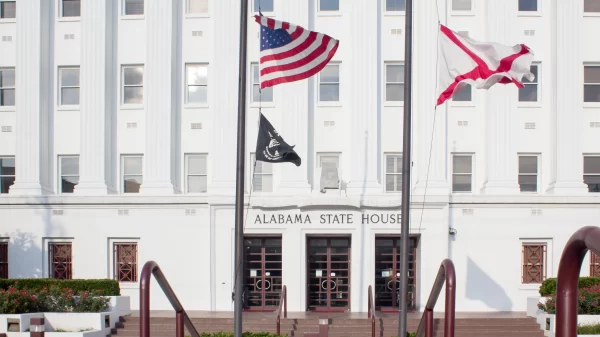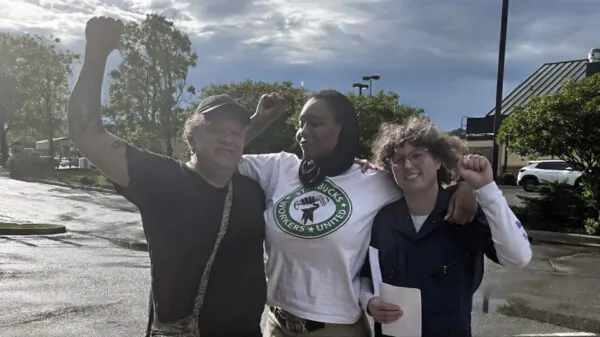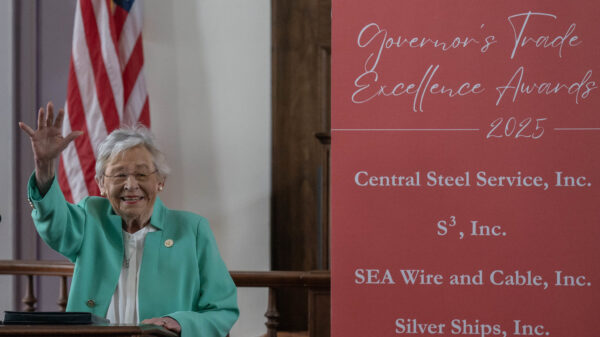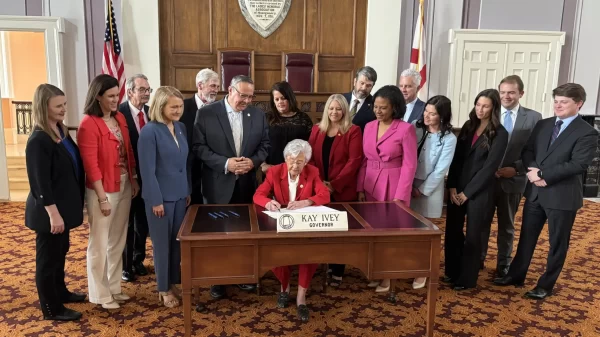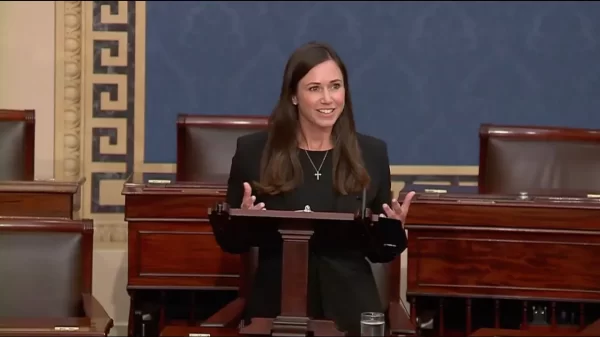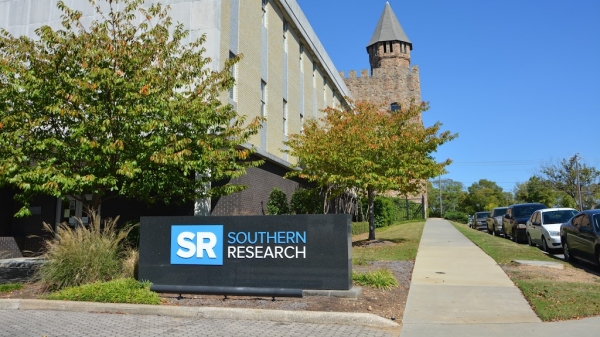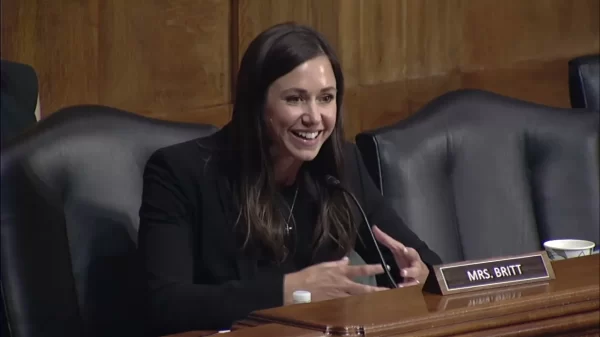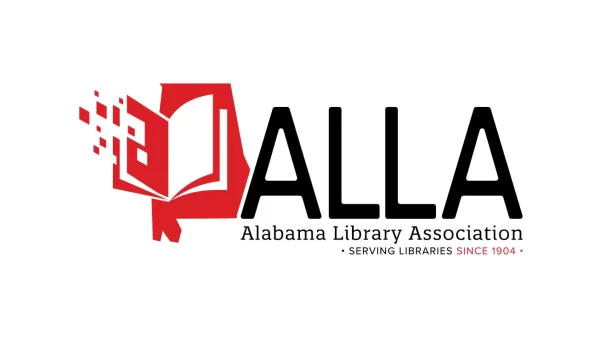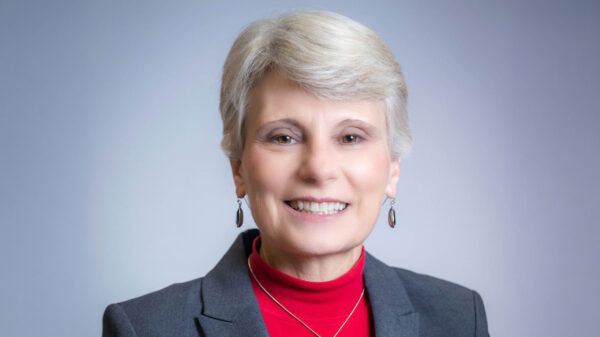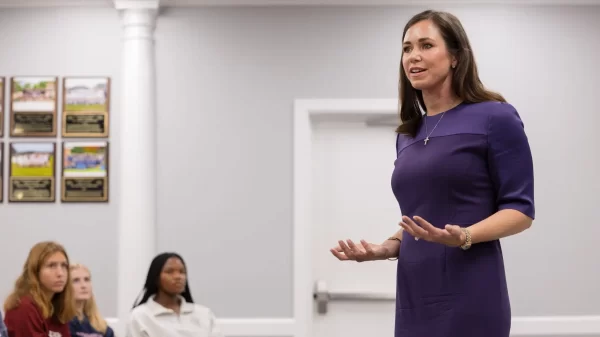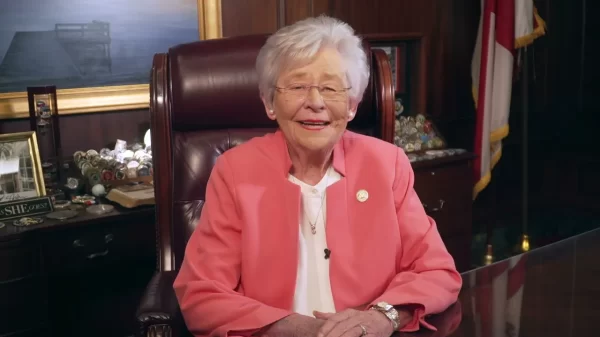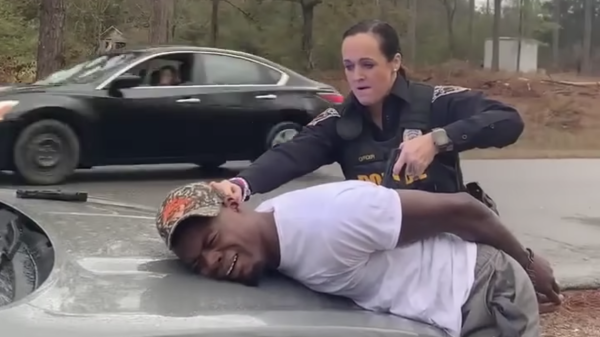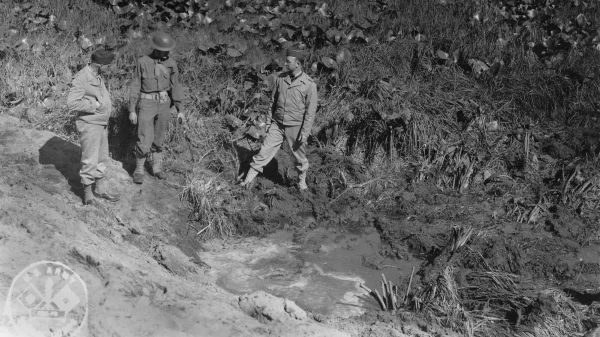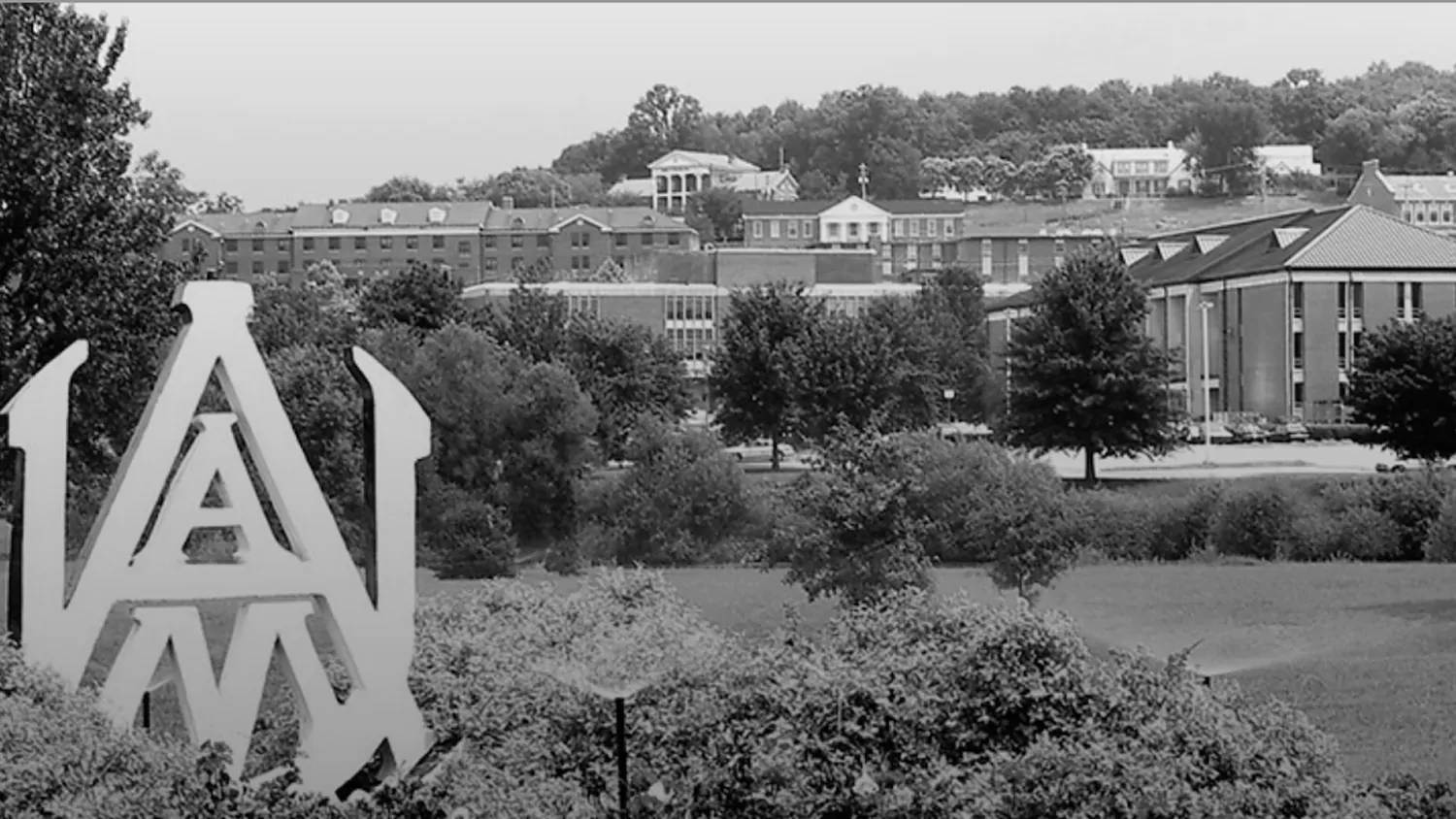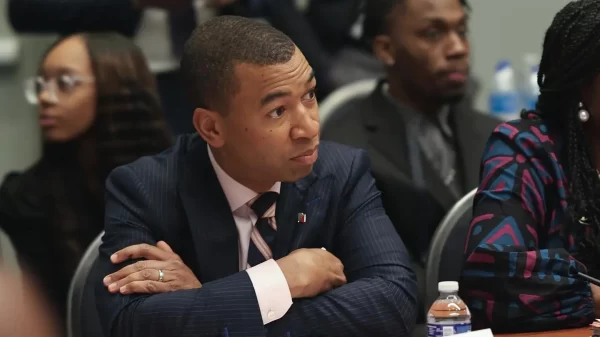Between 1927 and 1962 when Dr. J.F. Drake was the president of Alabama A&M University, he’d travel to Montgomery “hat in hand” to get his institution state funding. That’s what the late Dr. Henry Bradford, long-time chair of the university’s music department, once told me.
“Hat in hand” is an antiquated way of saying that Drake had to beg – literally – for AAMU to get whatever crumbs the Alabama Legislature was willing to give.
Apparently, the Legislature wasn’t very willing or generous. Not during Dr. Drake’s tenure, or subsequent ones.
According to recent media reports, the federal government calculates that AAMU and other historically black, land grant institutions were severely underfunded for 33 years (1987-2020). Severely, by the way, equates to $12.6 billion.
More than $527 million of that should have gone to AAMU according to the Feds, which promise to match any funds the states allocate to address this travesty.
And if you think that’s about to happen, I’ve got a bridge in Selma I’d like to sell you.
Let’s keep the cynicism rolling. “Underfunded” is a polite, bureaucratic euphemism for “cheated.” Possibly “defrauded.”
If the guilty state governments were people, they’d be in handcuffs right now.
But they’re not, and I guarantee they won’t lining up anytime soon to right this wrong. Not these states – at least not most of them. Of the 15 identified by the Feds, 11 of them comprised the Confederate States of America. The same mindset that led them to secede is the one that justified cheating HBCUs out of hundreds of millions of dollars for decades.
My guess? Alabama, Arkansas, Florida, Georgia, Louisiana, Mississippi, North Carolina, South Carolina, Texas, and Virginia/West Virginia are a hard “no” on coughing up hundreds of millions of dollars to HBCUs. Especially not on top of whatever they currently are giving. Not when some of them are conducting aggressive campaigns to whitewash history.
But to be fair, Kentucky, Maryland, Oklahoma, Pennsylvania may not be too enthusiastic either. What state has hundreds of millions of unallocated dollars to right this wrong?
Imagine Dr. Drake, at the height of Jim Crow, riding down to Montgomery to plead for his institution. I say riding because it’s possible that William Norwood or some other students drove him there.
Norwood, a Eutaw native who eventually became Dr. Norwood, was Dr. Drake’s driver in the mid-1940s. In a story published on the AAMU website, he talked about his experiences driving Drake in a “beautiful black Buick.”
According to Norwood, AAMU was on the precipice of closure. Dr. Drake had to fight off creditors and negotiate deals to keep the institution operational. And make those “hat in hand” trips in between.
Like Dr. Drake, AAMU has been down this road before. The case was Knight v. Alabama, which took nearly 30 years to establish that the state was discriminating against Alabama State University (ASU) and AAMU. The remedy reached in 1995 was a $15 million trust for both institutions.
In an exhaustive decision, District Court Judge Harold Murphy wrote, among other things, that “the State of Alabama allowed UA (the University of Alabama) and CSCC (Calhoun State Community College) in Huntsville, and AU (Auburn University) and TSU (Troy State University) in Montgomery to move into geographic competition with AAMU and ASU, and failed to provide ASU and AAMU with the resources to fairly compete with those institutions. Such failure was because of the State’s prior practice of racial discrimination, and ASU’s and AAMU’s heritage as institutions which served black citizens. The Court finds that, although the State has funded ASU and AAMU better than the other state institutions for at least the last twenty-five years, such funding has not yet put those institutions in the place they would have been but for their black heritage and the de jure system. Formula funding, like Alabama’s system, is the effect of cumulative past history.”
It’s time for AAMU to head back down to Montgomery, as Dr. Drake used to do. But this time, no hat in hand. A phalanx of lawyers should suffice.

